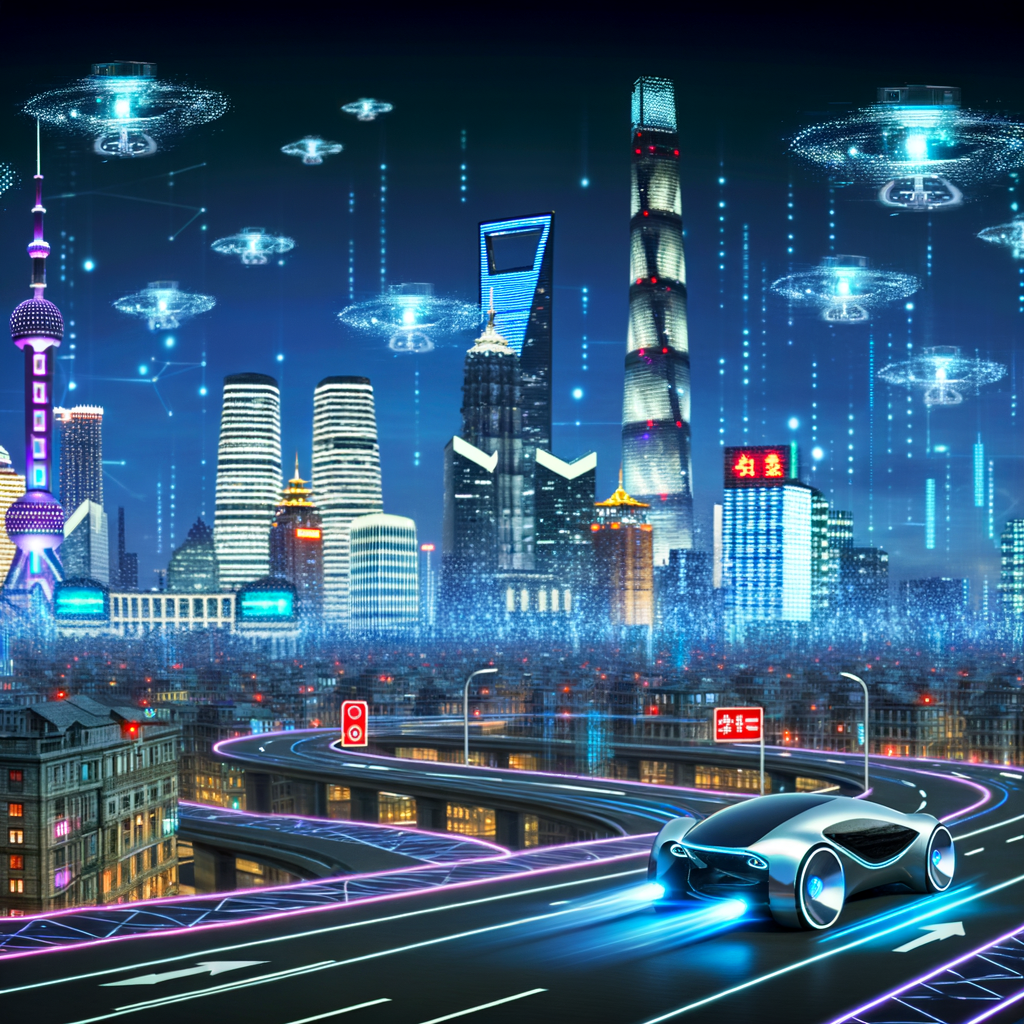Exploring China’s position as the top and Largest Automotive Market reveals a complex environment driven by a growing economy, urbanization, and a burgeoning middle class. The demand for Electric Vehicles (EVs) and New Energy Vehicles (NEVs) is soaring, propelled by environmental concerns and strong government incentives. Success in this competitive landscape hinges on understanding consumer preferences, navigating the regulatory landscape, and forming strategic joint ventures, especially for foreign automakers. Technological advancements and the shift towards sustainability underscore the market’s dynamism, offering significant opportunities for both domestic car brands and foreign players. The ability to adapt through strategic partnerships and innovation is crucial in tapping into the vast potential of China’s automotive sector.
In the heart of the global automotive industry’s evolution, China stands tall as the world’s top and largest automotive market, a testament to its rapidly growing economy, expanding middle class, and accelerated pace of urbanization. This powerhouse of automotive production and sales has become an essential arena for both domestic car brands and foreign automakers, all competing fiercely for a share of this lucrative market. With a significant shift towards Electric Vehicles (EVs) and New Energy Vehicles (NEVs), driven by robust government incentives and mounting environmental concerns, China is steering the global automotive industry towards a greener, more sustainable future.
The fusion of foreign innovation with local market insight through strategic joint ventures has become a pivotal strategy for navigating China’s complex regulatory landscape and tapping into its vast consumer base. This dynamic market, characterized by intense market competition, is at the forefront of embracing technological advancements, shaping consumer preferences, and pursuing strategic partnerships to fuel its growth. From the bustling city streets to the serene countryside, the surge in urbanization alongside a deepening awareness of environmental sustainability is propelling the demand for EVs and NEVs to unprecedented heights.
This article delves into the intricate tapestry of the Chinese automotive market, exploring how government policies, consumer behavior, technological breakthroughs, and global economic trends are intricately interwoven to influence this vibrant industry. From understanding the nuances of “Navigating the Road Ahead: Understanding China’s Position as the Largest Automotive Market” to uncovering the catalysts behind “The Surge of Electric Vehicles (EVs) and New Energy Vehicles (NEVs) in China,” this comprehensive analysis offers a panoramic view of the forces shaping the future of China’s automotive landscape. Join us as we explore the power of partnership in “How Joint Ventures Are Shaping the Future of China’s Automotive Industry,” the strategies for “Adapting to China’s Regulatory Landscape,” and much more, in our journey through the dynamic and ever-evolving world of China’s automotive market.
1. “Navigating the Road Ahead: Understanding China’s Position as the Largest Automotive Market”

Navigating the complex terrain of the world’s top automotive market requires a nuanced understanding of several key factors, from consumer preferences to the regulatory landscape that shapes the industry. China’s position as the Largest Automotive Market is not just a reflection of its vast population or growing economy. It is a testament to a rapidly urbanizing society with a burgeoning middle class eager to embrace both domestic car brands and foreign automakers. This appetite for automotive ownership is matched by an equally significant push towards sustainability, seen in the remarkable demand for Electric Vehicles (EVs) and New Energy Vehicles (NEVs). The shift is largely driven by environmental concerns and bolstered by robust government incentives aiming to reduce the country’s carbon footprint.
Foreign automakers looking to tap into this lucrative market face a unique set of challenges and opportunities. The regulatory landscape in China, marked by stringent regulations and the necessity for joint ventures with local Chinese companies, is designed to control market entry and ensure that foreign entities contribute positively to the domestic economy. These joint ventures, while complex, offer a strategic pathway for international brands to access the vast consumer base, aligning with local partners’ knowledge and networks.
Technological advancements play a pivotal role in shaping the market dynamics. Innovations in EV and NEV technology, fueled by substantial investments from both the government and private sector, have positioned China as a global leader in the electric mobility revolution. This technological leap forward is closely linked to consumer preferences, which increasingly lean towards eco-friendly and technologically advanced vehicles.
The competitive landscape of the Chinese automotive market is intense, with domestic and international players vying for consumer attention. Success in this market is not just about offering a superior product but also understanding and adapting to local tastes, preferences, and expectations. Strategic partnerships, whether through joint ventures, collaboration in technology, or supply chain integration, are crucial for navigating the complexities of the market.
Moreover, the market competition is not solely about the vehicles themselves but extends to after-sales services, digitalization of the customer experience, and integration of vehicles into the broader ecosystem of smart city initiatives. Companies that can leverage these aspects, aligning product offerings with the broader trends of urbanization, technological integration, and environmental sustainability, stand to gain a significant foothold.
In conclusion, understanding China’s automotive market requires a deep dive into the interplay between government policies, consumer behavior, technological trends, and the global economic environment. The road ahead for automakers, both domestic and international, is fraught with challenges but also ripe with opportunities. Success will hinge on their ability to navigate the regulatory landscape, forge strategic partnerships, and align their offerings with the evolving preferences of Chinese consumers. As the market continues to grow and evolve, staying ahead of these trends will be key to capturing the vast potential of the world’s Largest Automotive Market.
In conclusion, the journey through China’s automotive landscape reveals a complex and vibrant market at the forefront of global industry trends. As the largest automotive market in the world, China presents both unparalleled opportunities and significant challenges for domestic and foreign automakers alike. The country’s growing economy, expanding urbanization, and the burgeoning middle class have fueled a surge in demand for vehicles, with a noteworthy pivot towards Electric Vehicles (EVs) and New Energy Vehicles (NEVs) driven by environmental concerns and robust government incentives.
The competitive edge in this dynamic market is not just about offering the top-performing or most innovative vehicles. Success hinges on understanding and navigating the intricate regulatory landscape, fostering strategic partnerships through joint ventures, and aligning with consumer preferences that increasingly lean towards sustainability and advanced technology. The emphasis on EVs and NEVs, bolstered by technological advancements and government policies, underscores China’s pivotal role in steering the future direction of the global automotive industry.
Foreign automakers and domestic car brands alike must tread carefully, balancing market competition with cooperation, to tap into China’s vast consumer base. The evolving regulatory environment and the shift in consumer demands call for agility and a deep understanding of local market nuances. As China continues to lead in urbanization and economic growth, its automotive market remains a beacon of opportunity, innovation, and transformation.
Navigating this market requires a keen eye on trends, a commitment to environmental stewardship, and a strategy that emphasizes joint ventures and strategic partnerships. For those ready to embrace the challenges, the rewards of participating in the world’s largest automotive market are immense. The road ahead is complex, but with the right approach, companies can drive success in China’s fast-paced automotive sector, contributing to a greener, more technologically advanced future.






